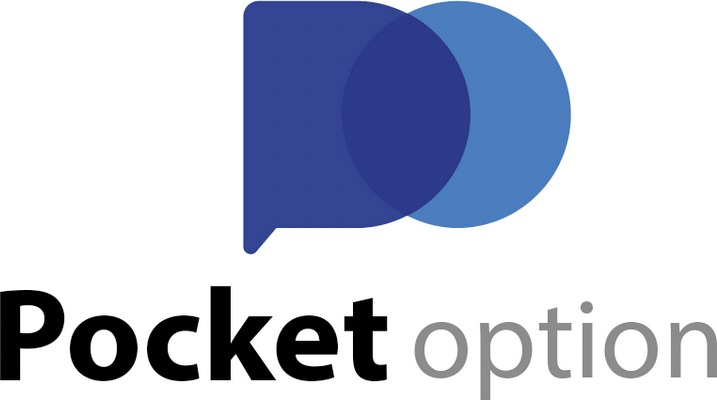
Understanding the Medium-term strategy Pocket Option
The financial trading world is constantly evolving, and traders are always on the lookout for effective strategies. Among the various options available, the Medium-term strategy Pocket Option https://trading-pocketoption.com/srednesrochnaya-strategiya-na-osnove-rsi-sma-i-stochastic/ stands out as a popular choice for intermediate traders. This strategy focuses on capturing market movements over a medium timeframe, combining technical indicators to facilitate informed decisions in binary options trading.
What is Pocket Option?
Pocket Option is a well-known trading platform that enables users to invest in binary options with various underlying assets, including cryptocurrencies, stocks, commodities, and forex. With its user-friendly interface and innovative features, it has attracted a diverse community of traders. Pocket Option also offers a demo account, allowing newcomers to practice trading without financial risk.
Importance of Strategy in Trading
A solid trading strategy is crucial for success in the financial markets. It helps traders determine when to enter and exit positions, manage risks, and set profit targets. The Medium-term strategy Pocket Option is specifically designed to capture meaningful price movements within days or weeks. This approach reduces the emotional stress of trading, as it does not require constant monitoring like day trading strategies.
Key Components of the Medium-term Strategy
The Medium-term strategy Pocket Option is built on three fundamental technical indicators: the Relative Strength Index (RSI), the Simple Moving Average (SMA), and the Stochastic Oscillator. Each of these indicators plays a critical role in decision-making.
1. Relative Strength Index (RSI)
The RSI is a momentum oscillator that measures the speed and change of price movements. It ranges from 0 to 100, with levels above 70 indicating overbought conditions and below 30 indicating oversold conditions. Traders use the RSI to identify potential reversal points in the market, making it an essential tool in the Medium-term strategy Pocket Option.
2. Simple Moving Average (SMA)
The SMA helps smooth out price fluctuations by averaging the asset’s price over a specific period. Traders often use the 50-day and 200-day SMAs as key indicators of market trends. If the short-term SMA crosses above the long-term SMA, it may signal a buying opportunity, while the opposite could indicate a selling opportunity.

3. Stochastic Oscillator
The Stochastic Oscillator compares an asset’s closing price to its price range over a specified period. Like the RSI, the Stochastic Oscillator provides overbought and oversold signals. This makes it useful for identifying potential market reversals and confirming trends indicated by the other two indicators.
Implementing the Medium-term Strategy
To effectively implement the Medium-term strategy Pocket Option, traders should integrate these indicators into their analysis. Here’s a step-by-step approach:
- Set up the indicators: Incorporate the RSI, SMA, and Stochastic Oscillator on your trading chart. Adjust the settings to reflect your medium-term horizon—typically using 14 periods for the RSI and 50 or 200 periods for the SMAs.
- Analyze the market: Look for convergence or divergence between the price and the RSI, as well as crossovers between the SMAs. These signals can indicate the direction of the market.
- Identify entry points: When the RSI indicates an oversold condition, and the price is near a support level, it could be an opportunity to enter a buy trade. Conversely, an overbought RSI near a resistance level may signal a selling opportunity.
- Monitor and adjust: Keep track of your trades and be willing to adjust your strategy based on market conditions. The Medium-term strategy is flexible but requires diligence in monitoring assets.
Risk Management
Regardless of the strategy used, effective risk management is imperative. This involves setting stop-loss and take-profit levels to mitigate potential losses. A common rule is to risk no more than 1-2% of your trading capital on a single trade, ensuring that you can withstand a series of losses without depleting your funds.
The Benefits of the Medium-term Strategy
The Medium-term strategy Pocket Option provides several benefits, including:
- Less time-intensive: Unlike day trading, this strategy does not require constant monitoring of trades, allowing traders to maintain their regular schedules.
- Reduced emotional stress: Longer timeframes can help traders avoid the emotional rollercoaster that often accompanies high-frequency trading.
- Potential for greater profits: By holding positions longer, traders can potentially capitalize on significant price movements.
Conclusion
In conclusion, the Medium-term strategy Pocket Option, built on the fundamentals of the RSI, SMA, and Stochastic Oscillator, offers a structured approach to trading for those seeking a balanced methodology. By understanding and implementing this strategy, traders can enhance their decision-making processes, optimize their trading results, and ultimately achieve greater financial success in the world of binary options.
